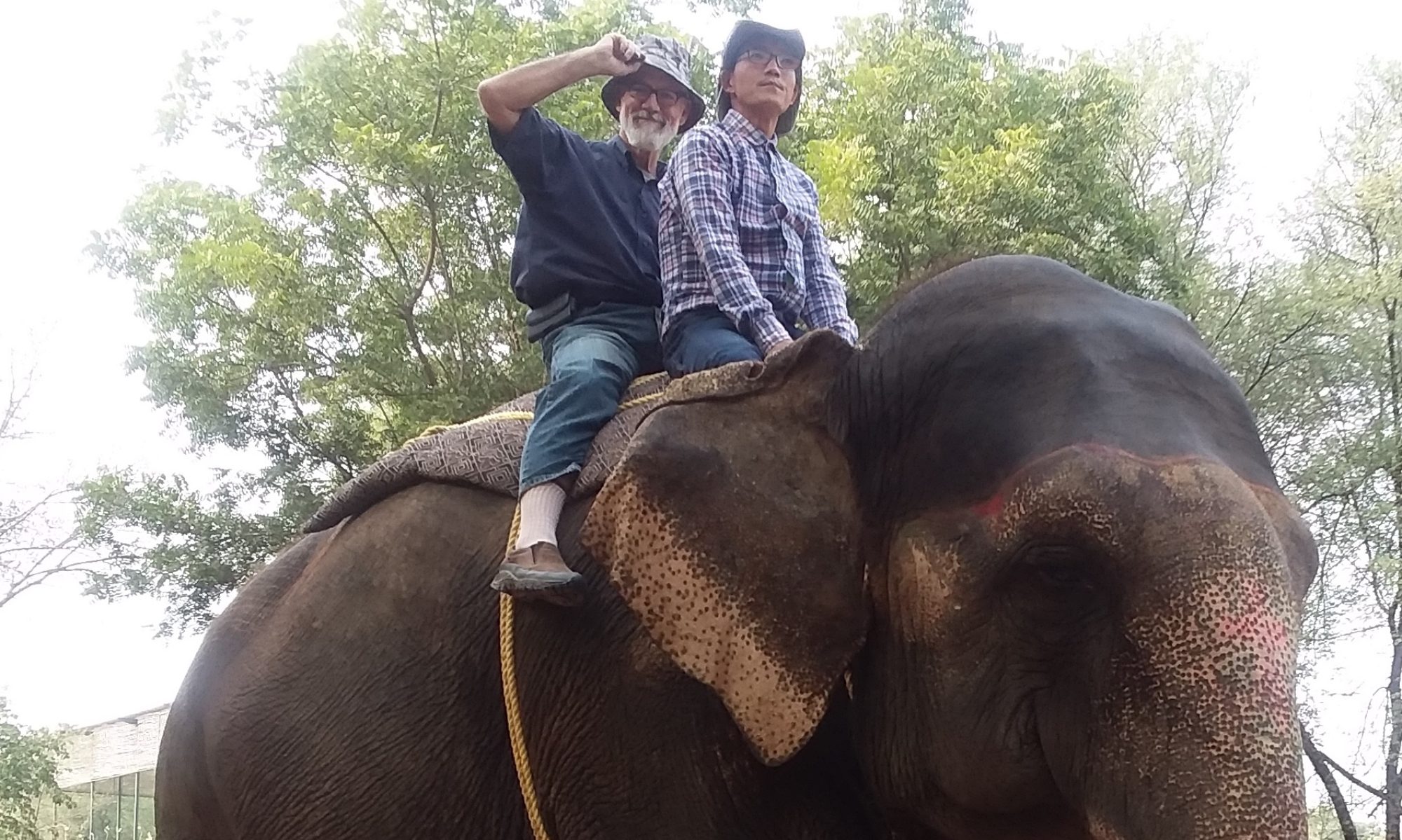Have you ever been stumped? By “stumped”, of course, I mean have you ever swung at a cricket pitch, missed it and lifted your back foot outside the batter’s box just long enough for the wicket keeper to catch the ball and push your wicket stump over. It’s a silly way to be put out. Good cricket players don’t get stumped. Only we bad ones do. And arguing with the umpire is not allowed – it’s not cricket.

There are 30 million baseball fans in America. That’s why we fans call it The National Pastime. There are 900 million cricket fans in India. If I were them, I’d consider calling it something.
Anyone who’s played baseball can see the similarities.

Both baseball and cricket have one team at bat and one in the field. There are innings (nine for baseball – two for cricket). There’s a pitcher (bowler) a catcher (wicket keeper) and umpires.

Runs are scored by hitting the ball and running. Umpires call runners either safe or out. The distance from pitcher to batter is about the same 60’6″ for baseball – 66′ for cricket. Like baseball, a cricket fastball can come in at 100 mph. The farthest a baseball’s been hit in a game is 582 feet. The record in cricket is only about 425 feet – but considering cricket pitches bounce on the ground first, that’s a pretty decent whack.
Just about everything else is different. For one thing, the pitcher (bowler) starts way far back, then comes tearing up to you like a rabbit and just as he hits the proper distance, he fires a shot in the dirt at your feet. You, of course, jump forward to hit the ball while it’s still in the air. But you miss and (if you’re bad player) you get stumped. All you can do then is laugh at yourself along with everyone else. And brood. And think dark thoughts.
Here’s a baseball field versus a cricket field.

Baseball is played on a quarter of a pie. Cricket is played on the whole pie – no foul territory. You can hit the ball in any direction which seems kind of silly to baseball players. (Cricket players must think so too. There’s even a field position called “silly point”.)

Cricket gives you a couple more fielders (eleven versus nine) but you wince. That’s not enough. You want about a dozen more than that. The umpire says no.

In baseball, it’s easy to make an out and hard to score a run. In cricket, it’s just the opposite, it’s hard to get a guy out and it’s not uncommon for a batter to score 100 runs (called a century) in a single game .
In baseball, if a batter pounds one over the fence and the fielder jumps into the sky and catches it, the batter is out (Hoozah!). Same in cricket, unless the outfielder falls out of bounds (Oh, booo!) probably onto his neck. (Booo! Ya bum!) Then the batter gets an automatic six runs and he’s still at bat – trying not to smirk (bad form).
And that’s another thing – in baseball, if you hit the ball, you have to run. In cricket, you don’t have to run unless you feel like it. (Though you’ll get more runs if you don’t just sit there the whole game.)

Also, in baseball, it’s three strikes and you’re out. Four balls and you take your base. There are no strikes in cricket. No balls either. If you get hit by the pitch, tough. (And if you get beaned with a ball that might have hit the wicket, you’re out. (Booo!) Remember, the main job of your bat is to protect your wicket. (Boo!) No, that’s good. (Oh. Yaay!)
In baseball, you’ve got the seventh inning stretch. Fans get to buy peanuts and cracker jacks. The players get nothing. In cricket, every few hours, the players are given tea and little cakes. So there you have it – cricket. I like baseball better (except for the little cakes).
The greatest cricket player of all-time was Sachin Tendulkar. You can say so anywhere in India and no one will give you any guff. Over 15,000 runs! The greatest baseball player of all time was Babe Ruth. (Don’t give me any guff. See the William Bendex movie.)

Just like baseball, if you’re a really good cricketer, you’re treated like a god. (Though the average baseball god gets paid better.) Like American fans, Indians like to smoke what their gods like to smoke and drink what their gods like to drink.


The current reigning cricketer is Virat “King” Kohli. Captain of India’s national team.

You see his face up on billboards all over India trying to glower you into buying everything from toothpaste to steel pipes.

Hundreds of millions of Indian kids want to grow up to be like him. It may be a 900 million-to-one shot but hey, he did it.

Nobody wants to grow up to be like Babe Ruth (who?) but hundreds of dozens of American kids want to grow up to be some kind of baseball star.

They might grow up to be the new Aaron Judge. It could happen.


At the very least, they can grow up to be like me.












































































































